17 School Classes Boomers Took That Are No Longer Offered Today
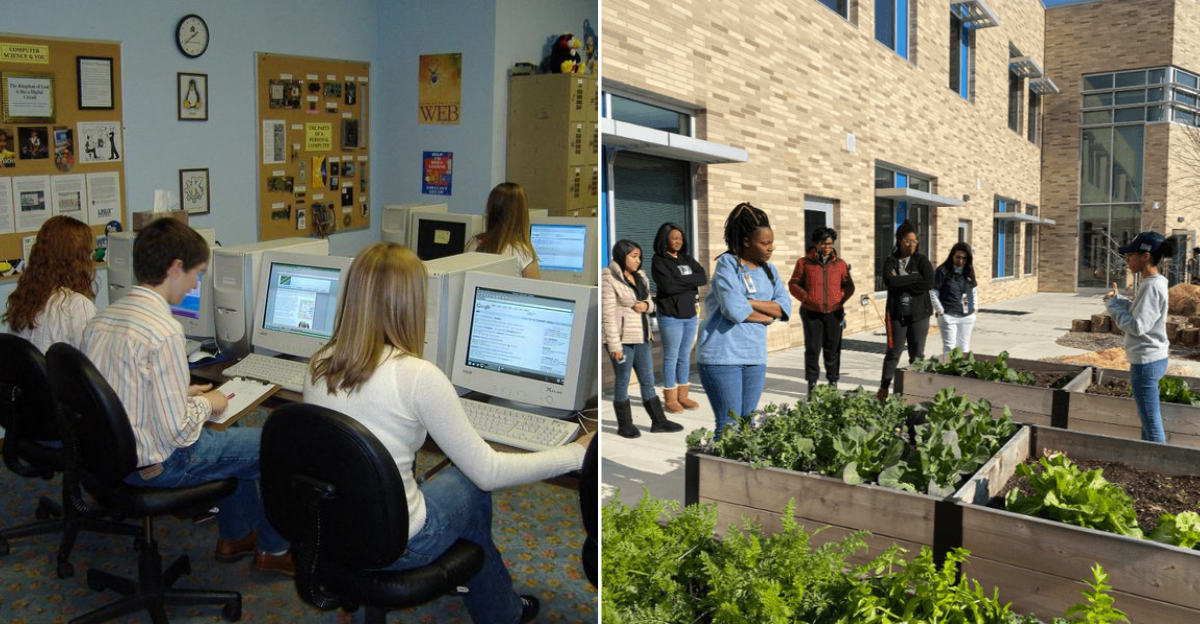
Back in the day, school wasn’t just about math, science, and English. It was a full-blown adventure through quirky and unexpected subjects.
Boomers had some classes that seem almost unthinkable today. Imagine a classroom where you learned how to type on an ancient typewriter, or spent an entire semester figuring out how to balance a checkbook.
These subjects may have faded into history, but their nostalgia still lingers in the halls of memory.
1. Home Economics
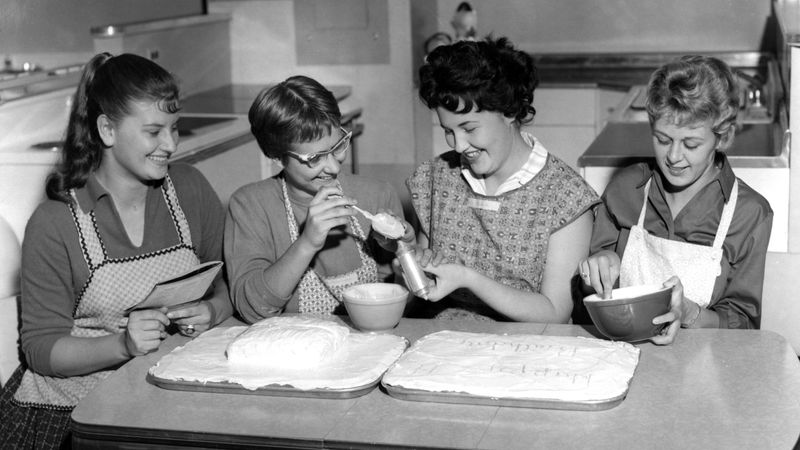
Imagine learning how to bake bread and sew a button, all in one class! Home Economics was the go-to for practical life skills.
Students whipped up culinary delights and learned essential sewing techniques. This class was often a favorite among those who enjoyed hands-on learning.
Though the subject has evolved, some schools still offer similar courses, but they’re not as widespread as they once were.
2. Shop Class
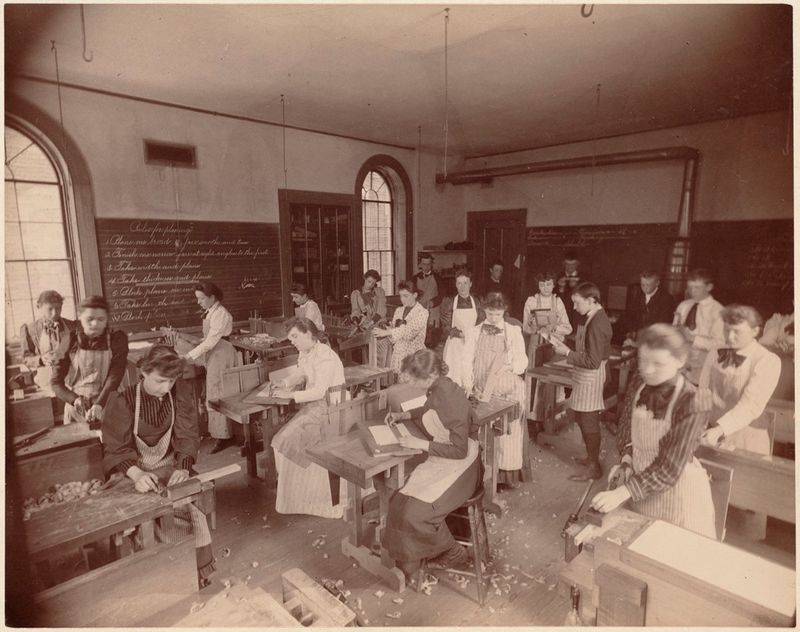
In shop class, students rolled up their sleeves and got sawdust in their hair. They learned woodworking, metalworking, and sometimes even auto mechanics.
It was a haven for those who thrived on building and creating things with their own hands.
Although some technical schools still offer similar programs, the traditional shop class has largely disappeared from standard high school curriculums.
3. Penmanship
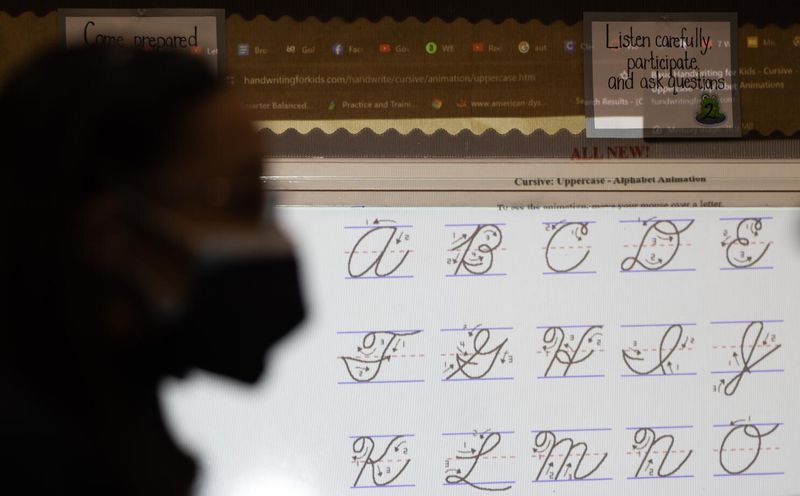
Once upon a time, the elegance of cursive writing was a must. Penmanship classes focused on perfect loops and beautiful handwriting.
Students spent hours practicing their letters, striving for that ideal slant and spacing.
The rise of digital communication has made cursive writing less relevant, leaving this once-essential skill a rare art today.
4. Typing Class
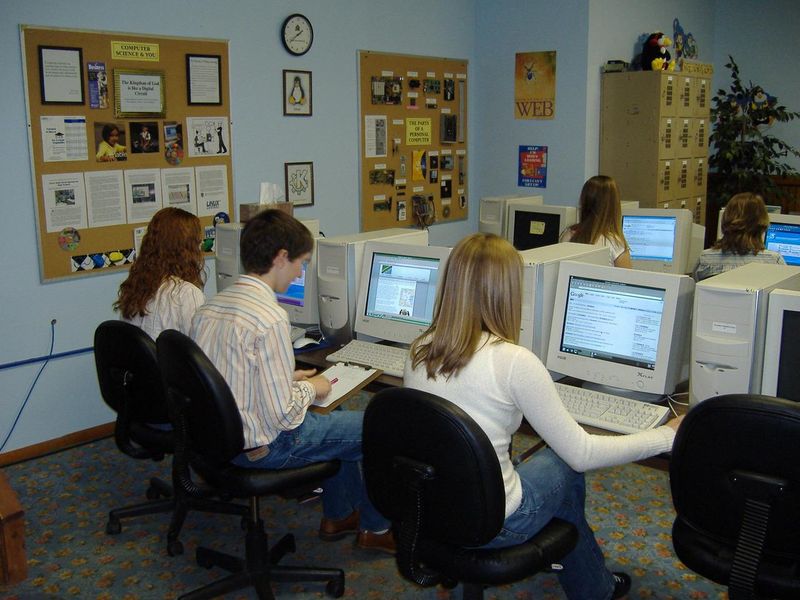
Remember the rhythmic clatter of typewriters? Typing class was where students learned to master the QWERTY keyboard without peeking at their fingers.
These classes were filled with the chatter of keys and the occasional clunk of a typewriter bell. Fast fingers were the goal, and accuracy took priority over speed.
Today, typing skills are still essential, but the noisy typewriter has been replaced by silent keyboards on sleek computers.
5. Rhetoric
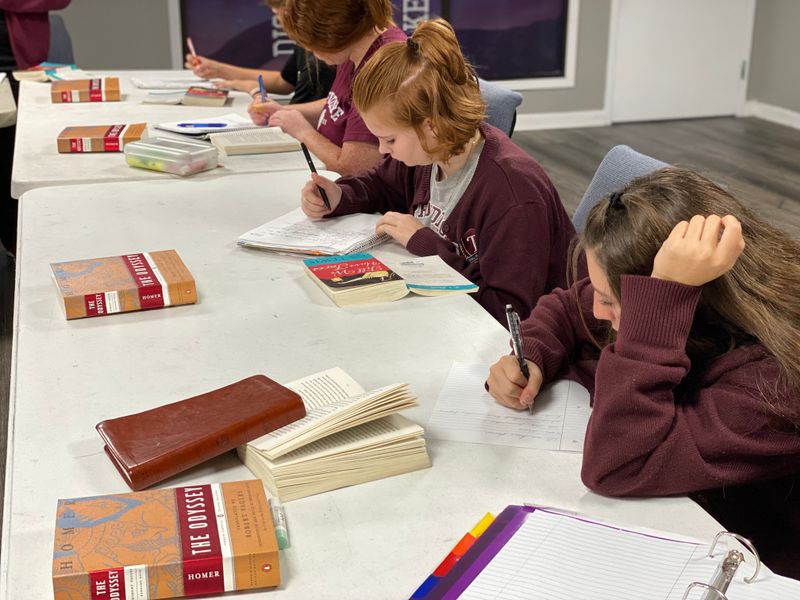
Rhetoric class was all about eloquence and persuasion. Students learned the art of effective speaking, crafting arguments, and engaging audiences.
Debates were common, and students practiced delivering speeches with flair and conviction.
While public speaking remains a valuable skill, dedicated rhetoric classes are uncommon in modern curriculums.
6. Stenography

Stenography classes were the realm of aspiring secretaries and court reporters. Students learned to transcribe speech at lightning speed using shorthand.
It required focus and precision, turning spoken words into written symbols.
With today’s digital recording devices, stenography is no longer a common classroom offering.
7. Latin
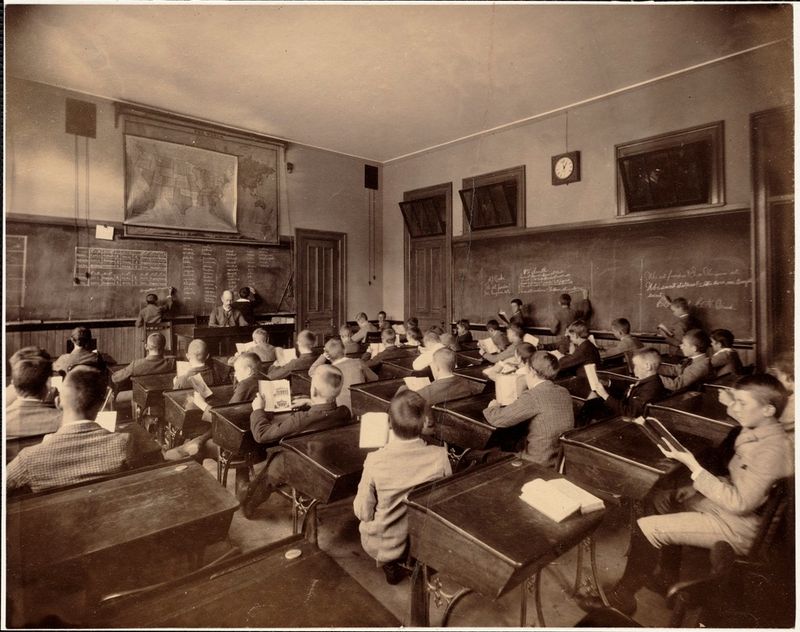
Latin was once a staple of higher learning, offering insight into language roots and classical literature.
Students conjugated verbs and translated ancient texts, delving into Roman culture.
While some schools still teach Latin, it’s a rarity compared to its former prevalence.
8. Calligraphy
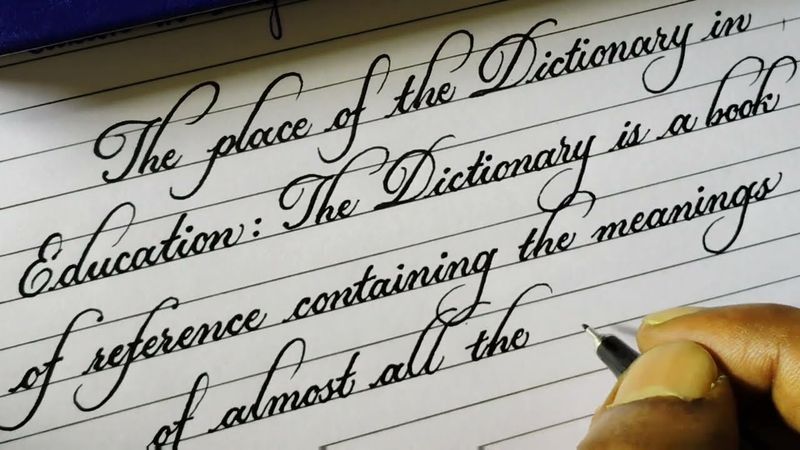
Calligraphy classes were an art lover’s dream, focusing on beauty and form in writing. Each stroke was deliberate and graceful.
Students explored different styles, creating decorative letters and artistic masterpieces.
With the focus on digital art today, calligraphy classes have become a niche interest.
9. Etiquette

Etiquette class taught the dos and don’ts of social interactions. From proper table settings to polite conversation, students learned the fine art of manners.
Role-playing scenarios helped students practice real-life situations, aiming for grace and poise.
While etiquette is still taught informally, dedicated classes are mostly obsolete.
10. Morse Code
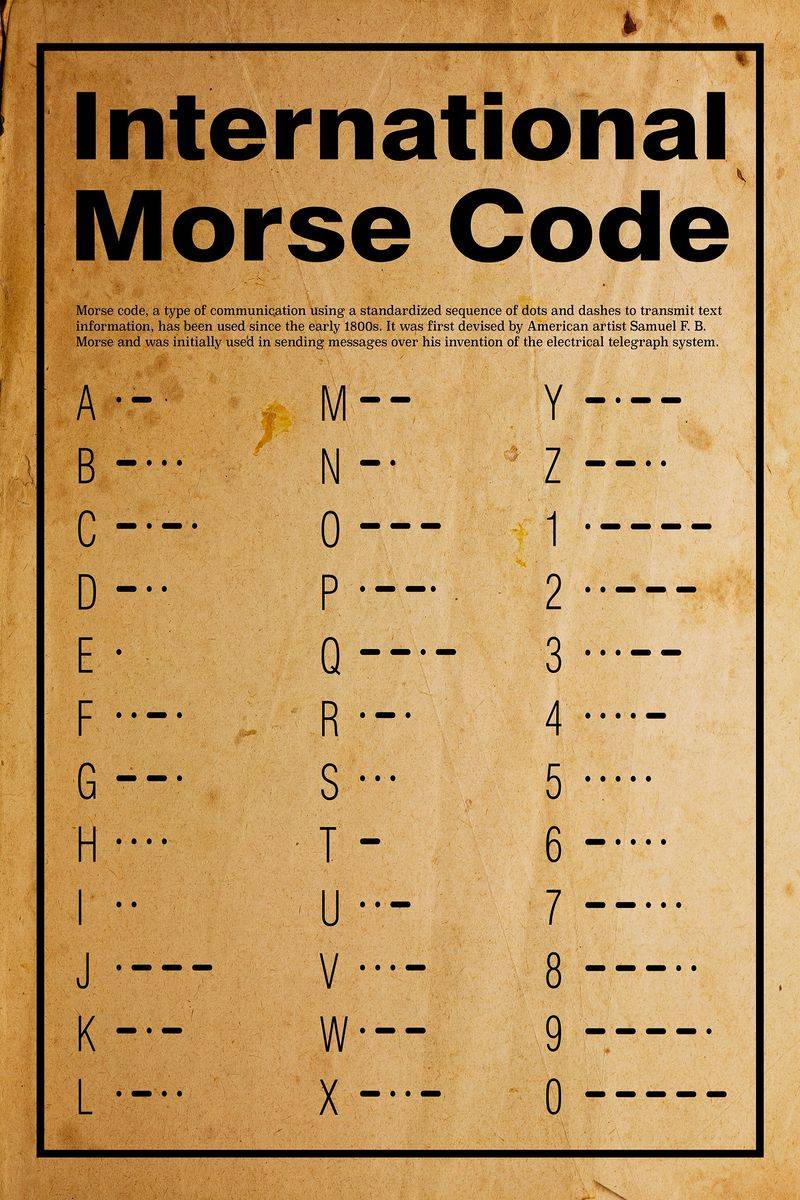
Before cellular phones and instant messaging, Morse Code was a key communication skill. Classes trained students to transmit messages using dots and dashes.
It was an essential skill for budding radio operators and military hopefuls.
Today, Morse Code is more of a hobby than a necessity, rarely taught in schools.
11. Needlework
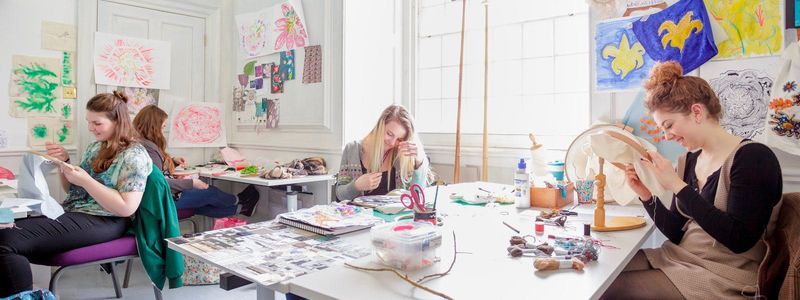
Needlework class was a creative outlet, teaching embroidery, knitting, and other textile arts. Young girls learned to create beautiful designs with needle and thread.
These skills were practical, allowing students to craft their own clothing and decorations.
With modern fashion trends, needlework has become more of a personal hobby.
12. Agriculture
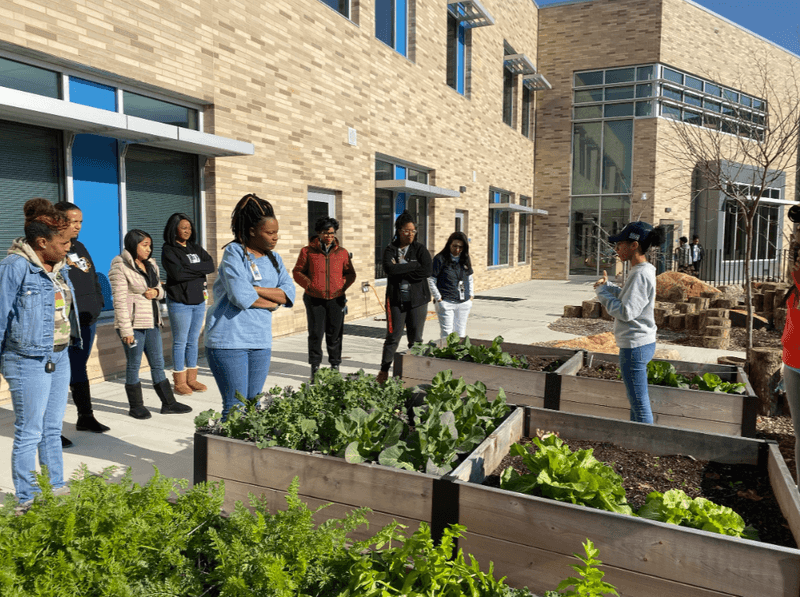
Farming was once a common subject in rural schools. Agriculture classes taught students about crop rotation, animal husbandry, and sustainable farming practices.
Students often participated in hands-on projects, learning the value of hard work and nature.
While agricultural education still exists, it’s often limited to specialized schools.
13. Drafting
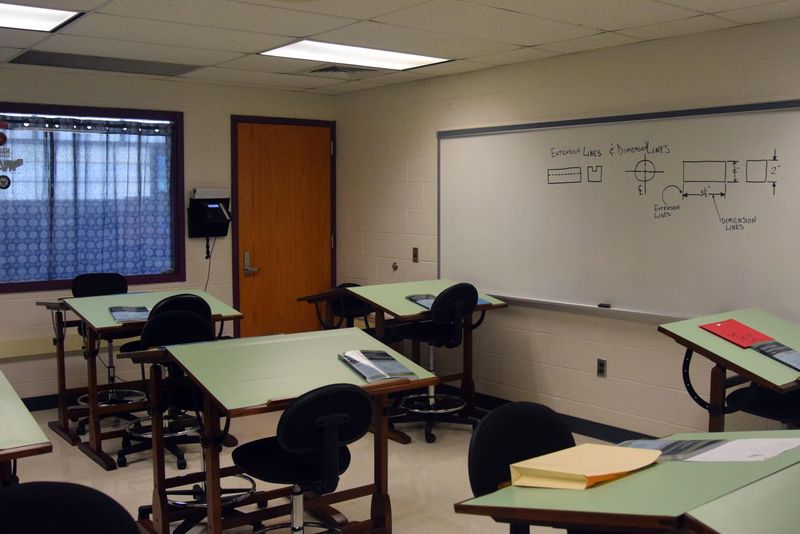
Drafting classes were the precursor to modern CAD programs. Students learned to create detailed technical drawings with precision instruments.
It was a meticulous process, requiring focus and attention to detail.
With computer-aided design now prevalent, traditional drafting classes have faded away.
14. Square Dancing
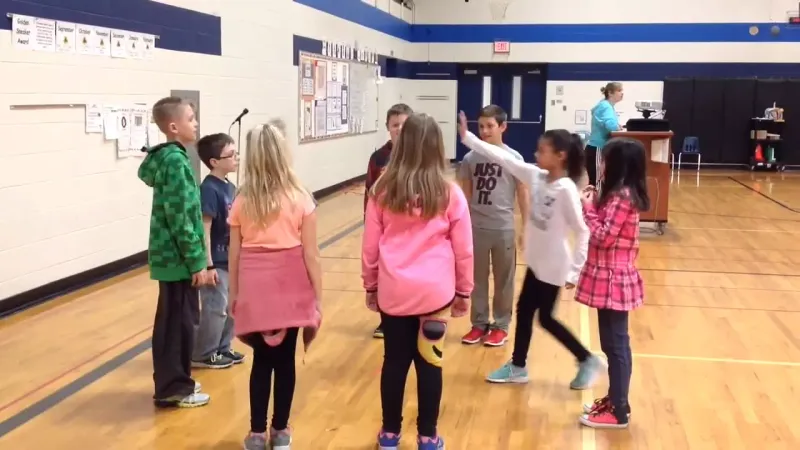
Square dancing was more than just a dance; it was a social event. Students learned steps and formations, guided by a caller.
It was a fun way to exercise and socialize, often accompanied by lively music.
While dance classes still exist, square dancing is rarely featured in school programs.
15. Civics
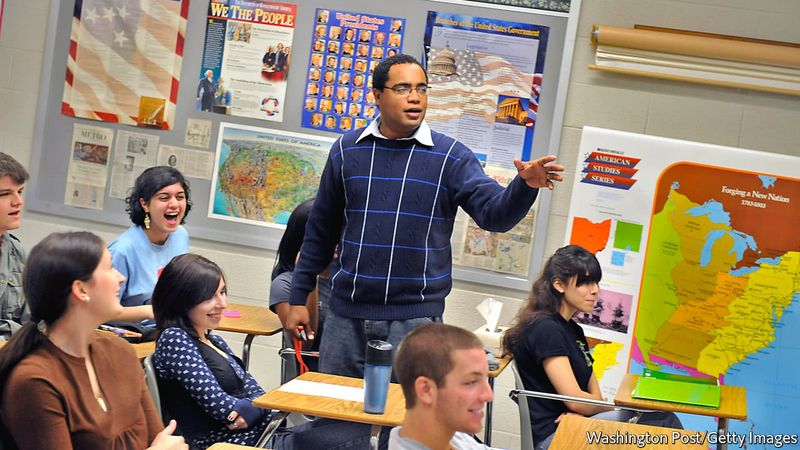
Civics class taught students about government, citizenship, and their roles in society. It was about understanding democracy and civic duties.
Discussions often included current events and debates on political issues.
While elements are integrated into social studies, dedicated civics classes are less common today.
16. Bookkeeping

Bookkeeping classes introduced students to the world of accounting. They learned to balance books and manage finances with precision.
These skills were invaluable for those pursuing business careers. Today, accounting classes have evolved, focusing on digital tools.
Traditional bookkeeping courses, however, are a rarity in modern curriculums.
17. Woodshop
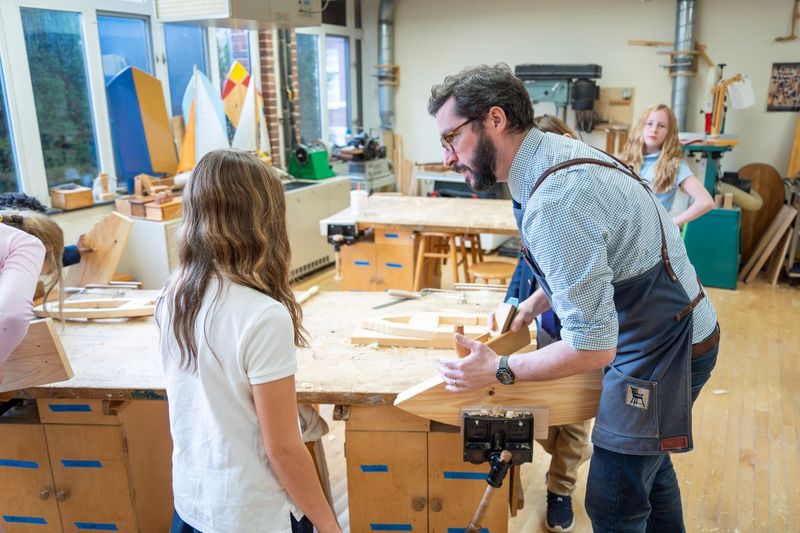
Woodshop was the ultimate hands-on class. Students built birdhouses, furniture, and more, learning to cut, sand, and assemble wood.
The satisfaction of creating something tangible was unmatched. Safety and technique were key focuses.
Though some schools still offer similar experiences, woodshop is no longer a staple in education.
